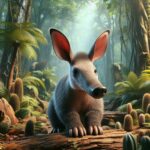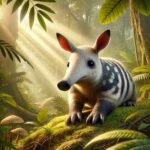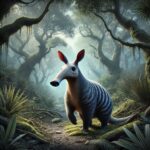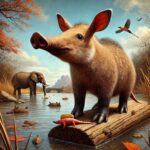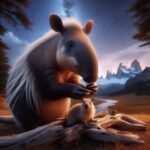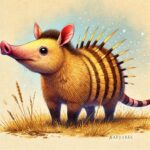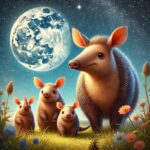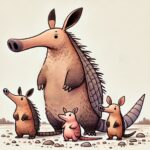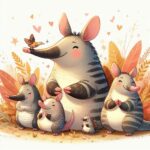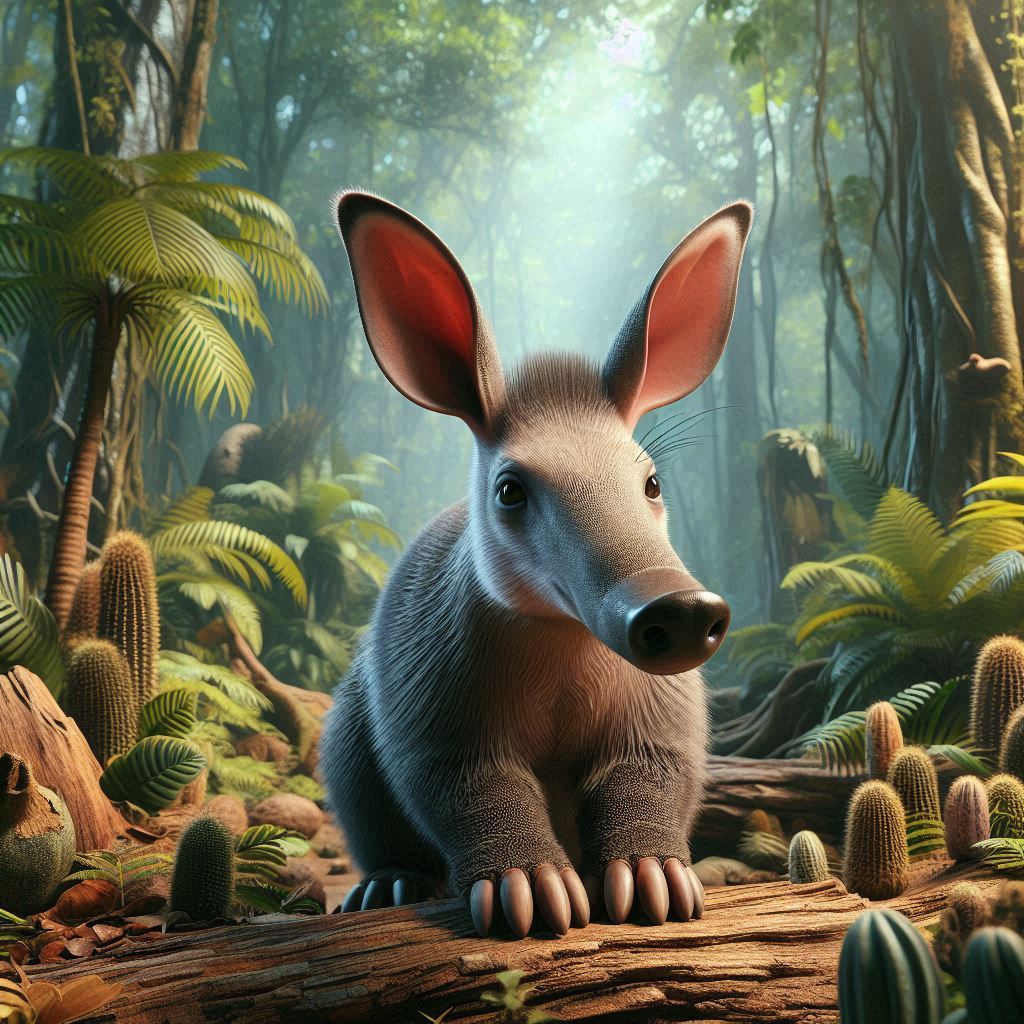
Certainly! Here’s a more detailed look at the aardvark (Orycteropus afer) with the sections you requested:
Aardvark: Detailed Overview
Classification:
- Kingdom: Animalia (Animals)
- Phylum: Chordata (Animals with a spinal cord)
- Class: Mammalia (Mammals)
- Order: Tubulidentata (a unique order with just the aardvark as its member)
- Family: Orycteropodidae
- Genus: Orycteropus
- Species: Orycteropus afer
The aardvark is the only living species in the order Tubulidentata, making it an unusual and distinct animal.
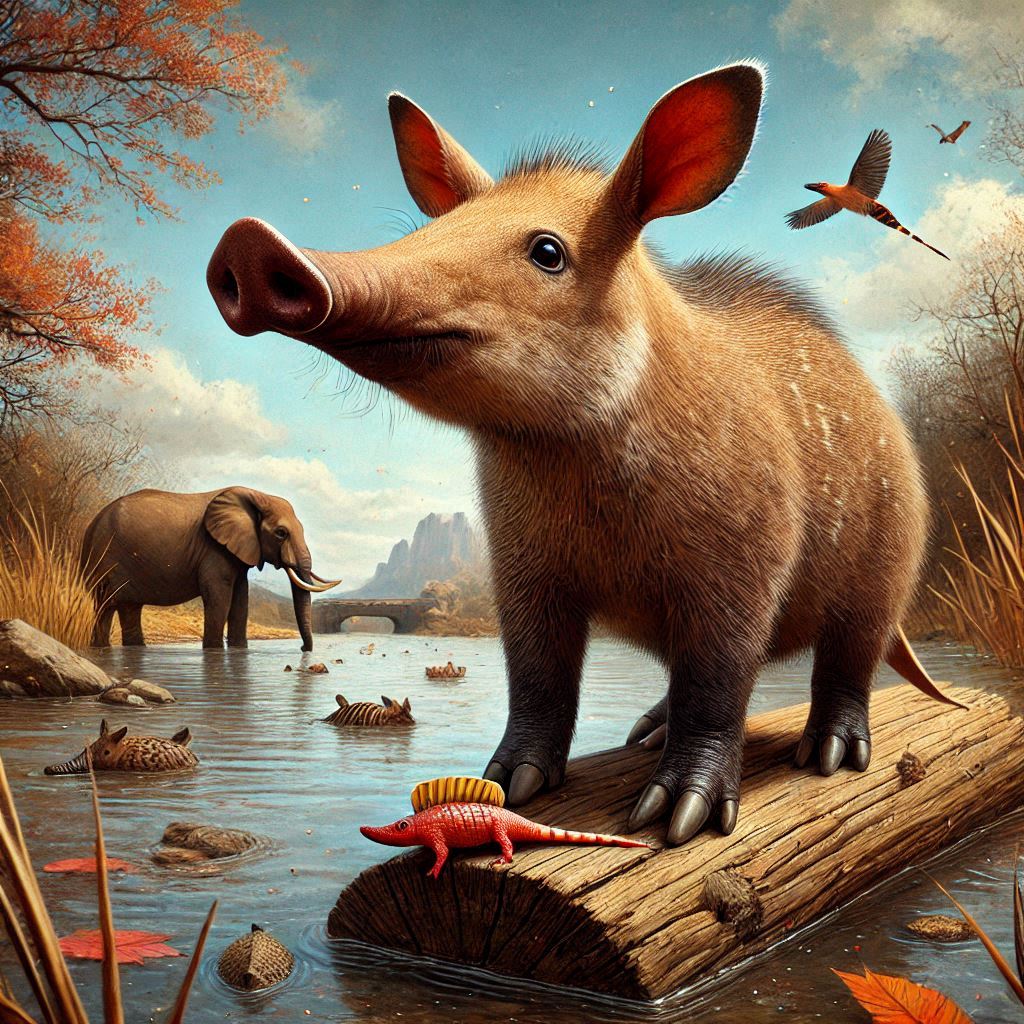
Physical Characteristics:
- Size:
- Length: Typically 4 to 5 feet (1.2 to 1.5 meters) including the tail.
- Weight: Typically between 50 and 80 kilograms (110 to 180 pounds).
- Body Structure:
- Snout: Long, pig-like, and extremely sensitive, aiding in the animal’s ability to detect underground insect colonies. The snout is used to sniff out termites and ants.
- Ears: Long and pointed, similar to a rabbit’s. Their ears are very sensitive and help in detecting sounds.
- Claws: Large, powerful claws on the forelimbs, specialized for digging into the earth to uncover insect nests.
- Teeth: The aardvark has unique, tubular-shaped teeth that do not have enamel. These teeth continuously grow, allowing them to break down the tough exoskeletons of insects.
- Tail: A long, muscular tail helps with balance while digging.
- Skin: Thick, tough skin helps protect them from the bites of insects and harsh environmental conditions.
Habitat:
- Range:
Aardvarks are native to sub-Saharan Africa, found in a variety of habitats like:- Savannas
- Grasslands
- Woodlands
- Semi-arid regions
- Shelter:
Aardvarks create burrows where they rest during the day. These burrows are often extensive, with multiple chambers, and can sometimes be shared with other animals, such as hyenas or warthogs.
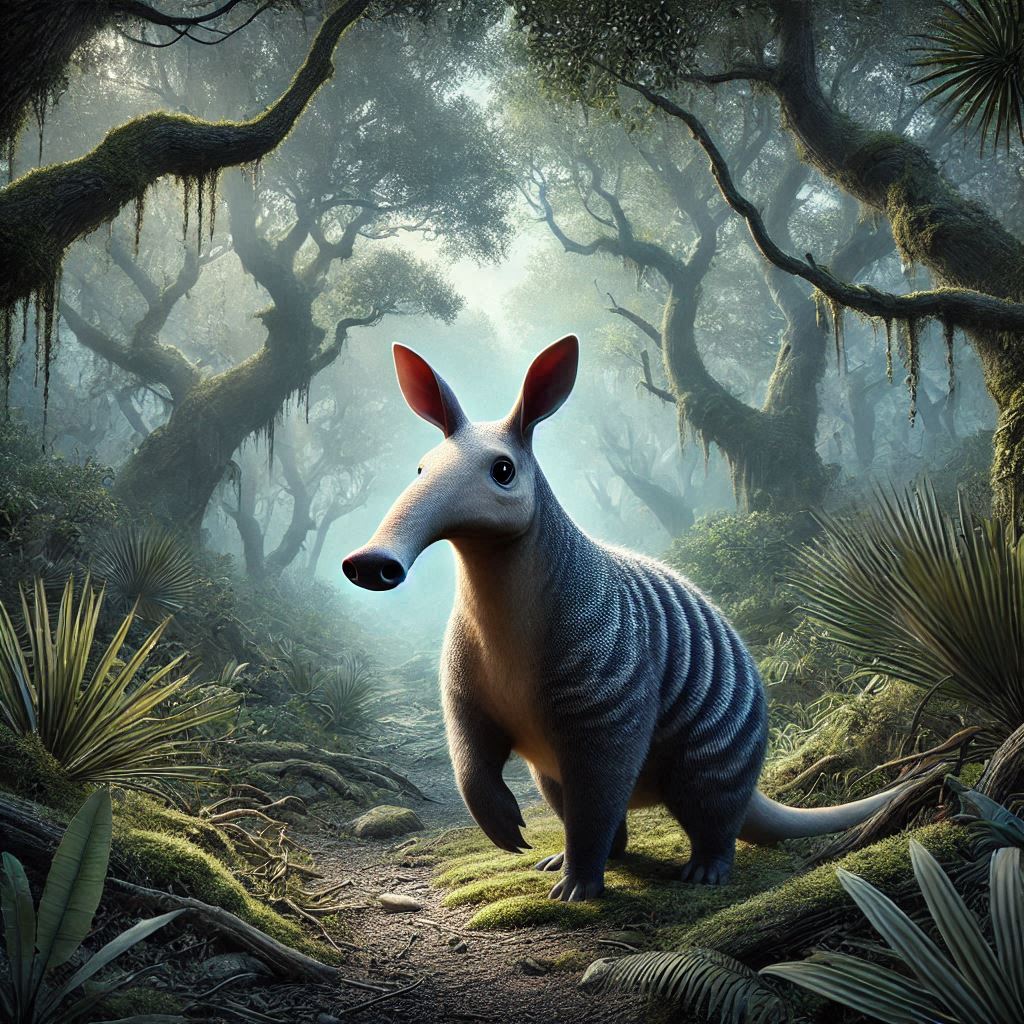
Diet:
- Primary Diet:
Aardvarks are myrmecophagous, meaning they primarily feed on ants and termites. Their strong sense of smell and specialized anatomy make them highly adapted for foraging for these insects. - Feeding Behavior:
- The aardvark uses its powerful forelimbs and claws to break into termite mounds and ant nests.
- It uses its long, sticky tongue (up to 12 inches or 30 cm) to extract ants and termites from their tunnels.
- An aardvark can consume up to 50,000 insects in a single night.
- Occasional Diet:
- While insects are their main food source, aardvarks also eat other types of insects and sometimes fruit, particularly the aardvark cucumber, which helps them hydrate in drier areas.
Behavior:
- Nocturnal:
Aardvarks are primarily nocturnal, meaning they are active during the night and rest during the day in their burrows. - Solitary:
They are solitary animals and typically live alone. However, they may share their burrows with other aardvarks in some cases, especially mothers and their young. - Burrowing:
Aardvarks are exceptional diggers. They use their strong claws to dig up termite mounds and burrow into the ground, where they live in a series of chambers. Their burrows provide protection from predators and extreme temperatures. - Territorial:
Aardvarks mark their territories with their scent. They may leave scratch marks around the perimeter of their burrows.
Reproduction:
- Mating Season:
Aardvarks usually mate during the wet season, which is when they are more active. - Gestation:
Aardvarks have a gestation period of about 7 months, and the female gives birth to a single offspring at a time. - Offspring:
- Newborn aardvarks are small and weigh around 4 to 5 pounds at birth.
- The baby stays in the burrow for several weeks, nursing on the mother’s milk.
- The young are fully weaned and ready to begin foraging at around 5 months old but will remain with the mother until they are 6-12 months old.
Conservation Status:
- IUCN Red List: Least Concern
Aardvarks are classified as “Least Concern” on the International Union for Conservation of Nature (IUCN) Red List, meaning they are not currently at high risk of extinction. - Threats:
- Habitat loss due to human expansion and land conversion.
- Illegal hunting and poaching in some regions.
- Though they are generally widespread and not considered endangered, their population density can decrease due to these factors.
- Importance to Ecosystems:
Aardvarks play a crucial ecological role by controlling insect populations (particularly ants and termites) and digging burrows that are used by other species.
Fun Facts:
- Unique Taxonomy: The aardvark is the only living member of the order Tubulidentata, which means “tube teeth” due to the structure of its teeth.
- Aardvark Means “Earth Pig”: The name “aardvark” comes from Afrikaans and means “earth pig,” referencing its burrowing behavior and pig-like snout.
- Incredible Digging Skills: An aardvark can dig a hole up to 2 meters (6.5 feet) deep in just a few minutes when searching for food.
- Long Tongue: The aardvark’s tongue is specially adapted to collect insects—it’s sticky and can extend up to 30 centimeters (12 inches).
- Nocturnal Behavior: They are primarily nocturnal, so humans rarely see them in the wild unless they’re near their burrows during the night.
- Powerful Burrowers: The aardvark’s burrows provide shelter for various other animals, such as hyenas and warthogs, who may take refuge in the same burrows when the aardvark isn’t present.
- Aardvark Cucumber: These desert plants are a source of hydration for aardvarks during dry seasons.
- Efficient Predators: Aardvarks’ diets consist almost entirely of ants and termites, which they can consume in vast quantities, up to 50,000 insects in a single night.
- Incredible Sense of Smell: Aardvarks rely heavily on their highly sensitive sense of smell to find insect colonies, as their vision is poor.
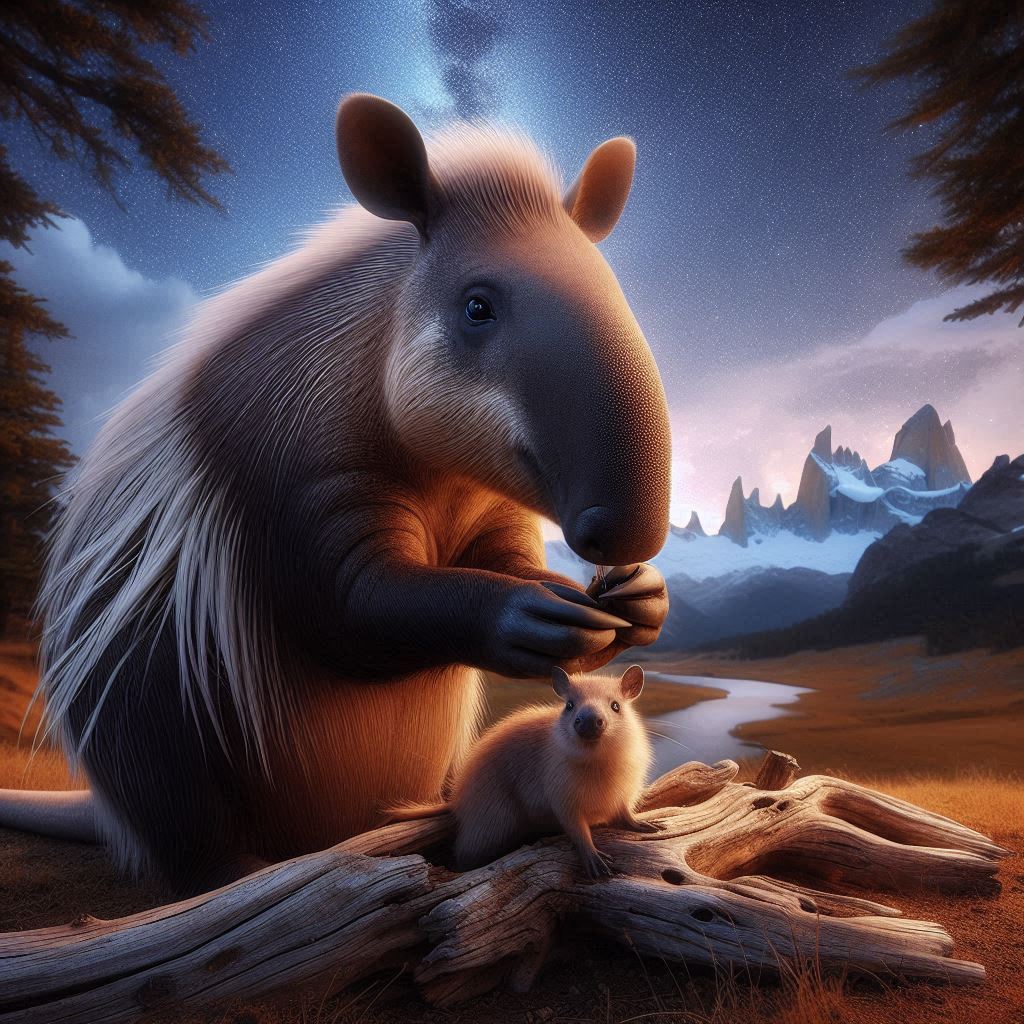
Would you like more information about aardvarks or perhaps their interactions with other species in their ecosystem? Let me know! 😊
